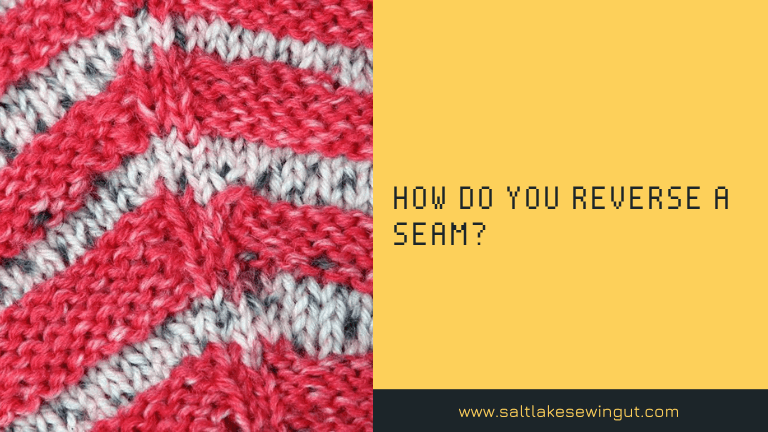I’m here to guide you through the process of reversing a seam. Have you ever found yourself in a situation where you’ve sewn a seam, but it turns out you need to reverse it? In this article, I will share my experience and expertise to help you navigate this common sewing dilemma.
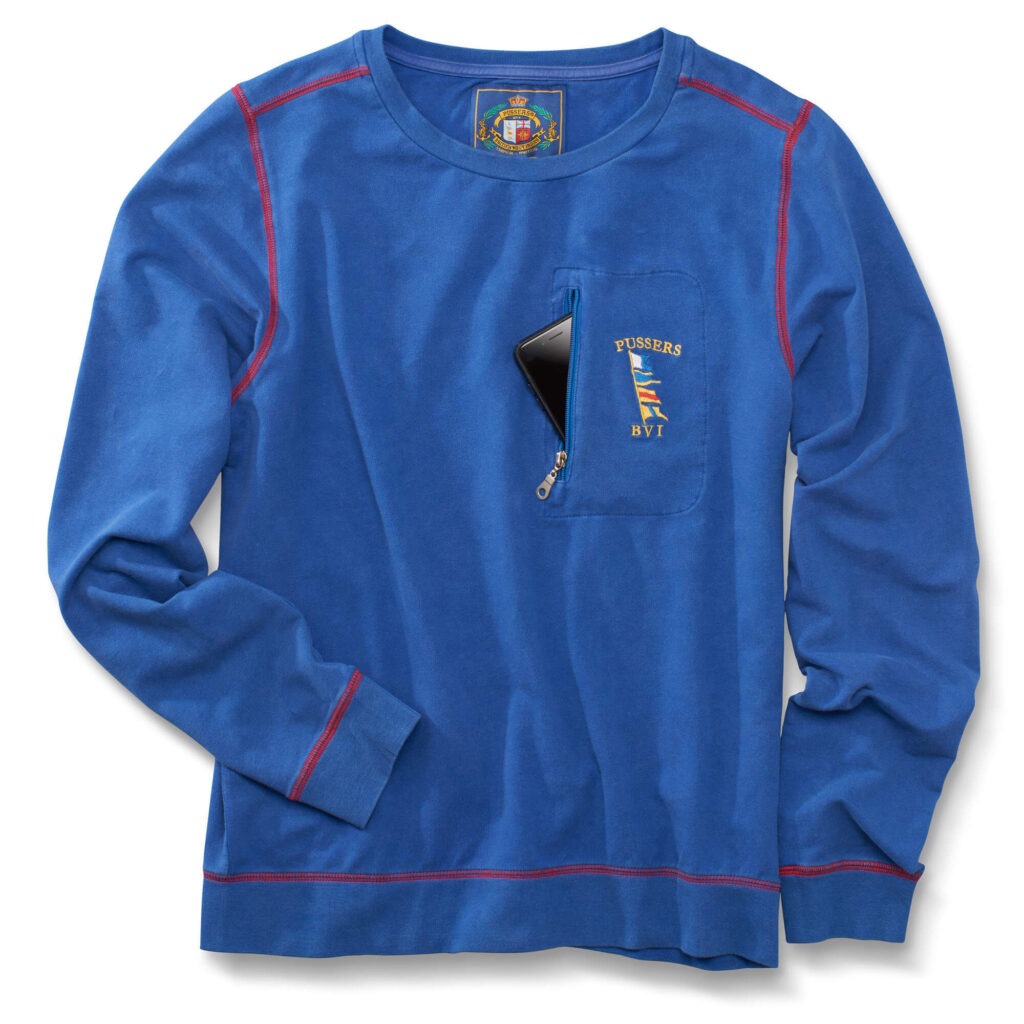
What is reverse a seam?
Reverse seams are a great way to finish off a project, such as a garment or a quilt. They are also a good way to repair a seam that has come undone. Reverse seams are created by stitching along the edge of the fabric but on the wrong side. This creates a neat seam that is also very durable.
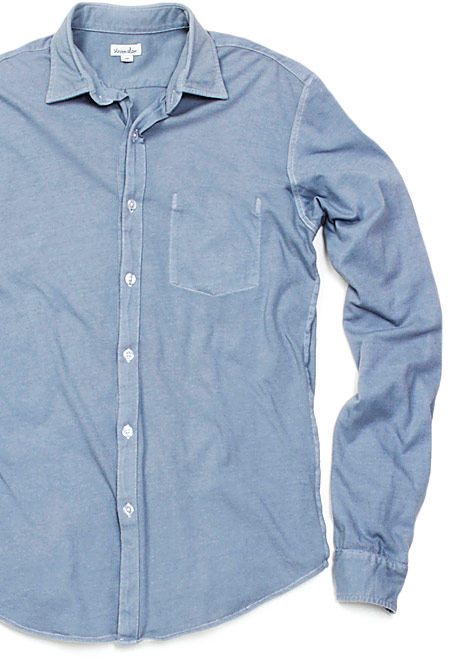
Need for Reversing a Seam
I dive into the practical steps, let’s explore why we might need to reverse a seam. This can happen for various reasons:
Wrong Stitching Direction
If we’ve accidentally sewn in the wrong direction, reversing the seam is essential to correct our stitching.
Mismatched Fabrics
Sometimes, the fabrics might not align correctly, requiring you to undo and adjust the seam.
Adjustments
If we’ve made a measurement mistake or need to change the seam’s length, reversing it becomes crucial.
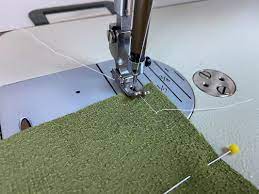
Tools We’ll Need
Now, let’s gather the tools required for the seam-reversing process:
Seam Ripper: This small but essential tool will help us remove stitches quickly and accurately.
Pins: Pins will assist in securing the fabric while we rework the seam.
Scissors: We may need scissors to trim excess threads or fabric.
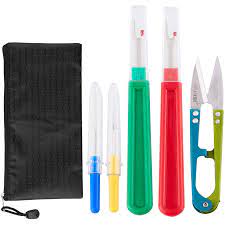
To reverse a seam, follow these steps:
- Turn the fabric so that the wrong side is facing you.
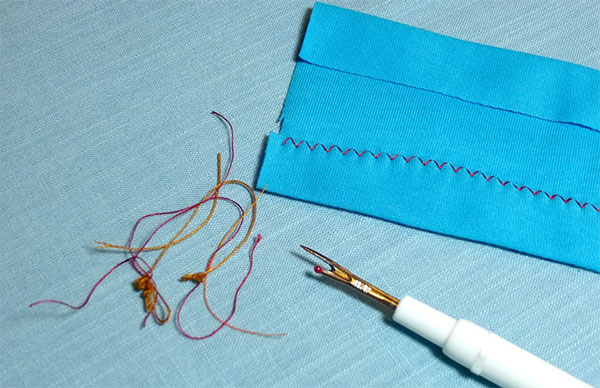
- Fold the edge of the fabric under, about 1/4 inch.
- Press the fold with an iron.
- Using a needle and thread, stitch along the fold, using a small running stitch.
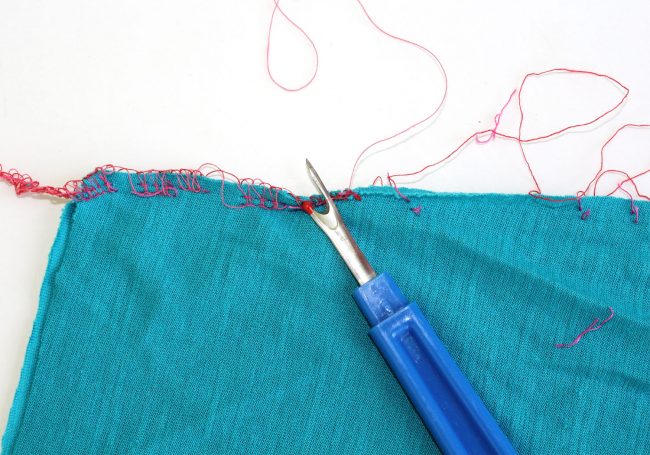
4. When you reach the end of the seam, tie off the thread.
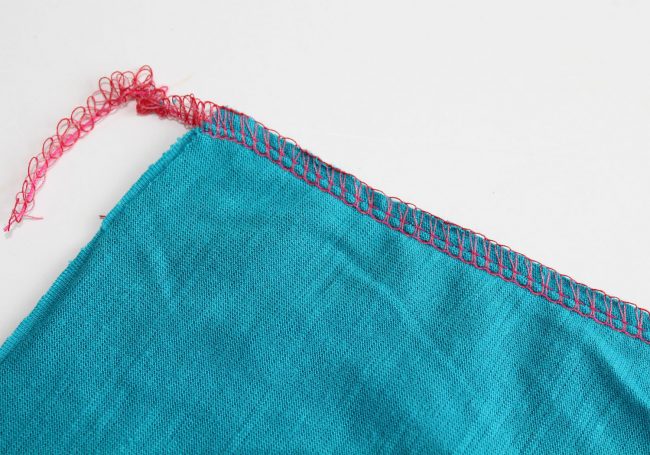
What type of needle and thread should I use to reverse a seam?
We can use any needle and thread that is appropriate for the fabric we are working with. However, it is generally recommended to use a sharp needle and a thread that is slightly heavier than the thread you used to sew the original seam. This will help to create a strong and durable seam.
Tips
- If we are reversing a seam on a garment, it is a good idea to press the seam after we have stitched it. This will help to flatten the seam and make it less visible.
- If we are reversing a seam on a quilt, it is a good idea to clip the seam allowance before we stitch it. This will help to prevent the seam from puckering.
- If we are reversing a seam on a piece of home decor, such as a pillowcase or a curtain, we can use a decorative stitch to make the seam more visible
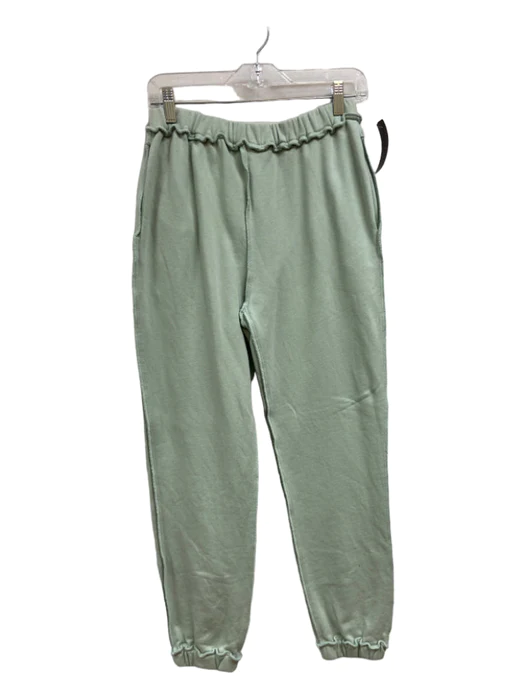
FAQ
How close to the edge of the fabric should I stitch the reverse seam?
We should stitch the reverse seam about 1/4 inch from the edge of the fabric. This will help to ensure that the seam is strong and that it will not fray.
Can I use a sewing machine to reverse a seam?
Yes, you can use a sewing machine to reverse a seam. However, it is important to use the correct stitch setting. It would help if you used a small, tight stitch, such as a zigzag stitch.
How can I make sure that the reverse seam is invisible?
To make sure that the reverse seam is invisible, you should use a thread that matches the fabric color as closely as possible. You should also stitch carefully and evenly.
Can I reverse a seam by simply using scissors?
While you can use scissors to remove stitches, a seam ripper is a safer and more precise option.
How can I avoid the need to reverse seams?
Careful measuring, pinning, and double-checking fabric alignment can help reduce the need for seam reversals.
Is it possible to hide the holes left by the removed stitches?
Yes, we can conceal small holes by using a technique called “mending” or by incorporating decorative stitching.
Can I reverse seams on delicate fabrics?
Yes, but you must be extra cautious when using a seam ripper to prevent fabric damage.
Are there any tips for a smoother seam reversal process?
Patience and attention to detail are your best allies. Take your time and work slowly to avoid making mistakes.
Conclusion
Reverse seams are a great way to finish off a project or repair a damaged seam. By following the steps above, we can easily reverse a seam and create a neat finish.

